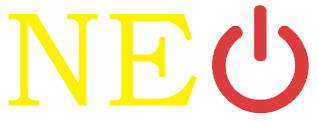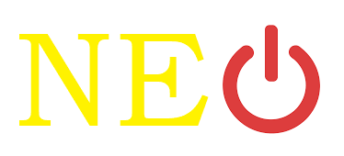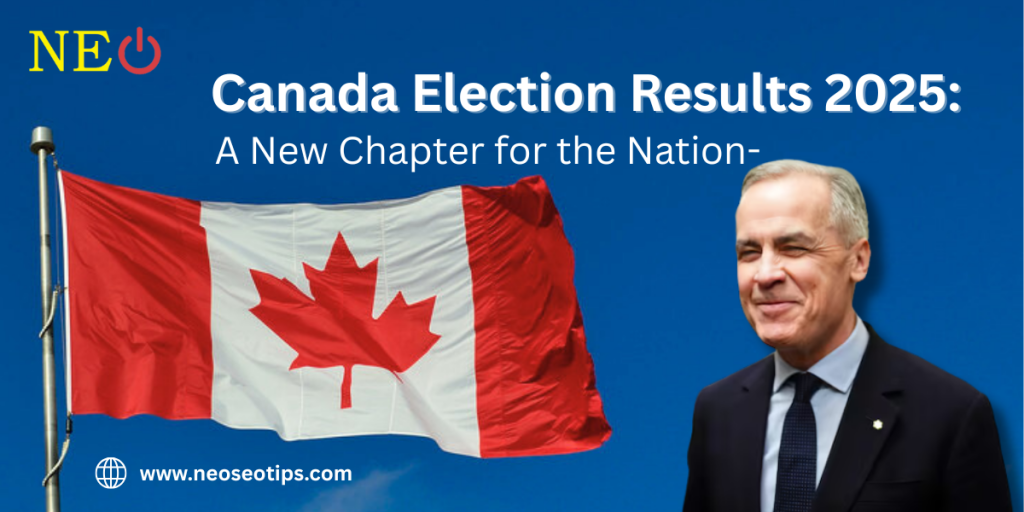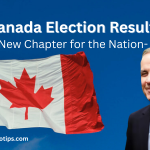The Canada Election 2025 has concluded, marking a pivotal moment in the nation’s political landscape. With Prime Minister Mark Carney leading the Liberal Party to victory, the results signal a continued Liberal reign, albeit with a minority government. This outcome, shaped by high voter turnout and intense campaigns, reflects Canadians’ priorities amid global challenges like U.S. trade tensions and domestic economic concerns. Let’s dive into the key highlights of the 2025 federal election, exploring the outcomes, voter sentiments, and what lies ahead for Canada.
Liberals Secure a Minority Government
On April 28, 2025, millions of Canadians cast their ballots across 343 ridings, electing members of Parliament in a closely watched federal election. The Liberal Party, under Mark Carney’s leadership, emerged victorious with 169 seats, falling just three short of the 172 needed for a majority government. This result ensures a minority government, requiring the Liberals to collaborate with other parties, such as the NDP or Bloc Québécois, to pass legislation.
The Conservative Party, led by Pierre Poilievre, secured 145 seats, a significant improvement from 2021 but not enough to unseat the Liberals. In a surprising twist, Poilievre lost his own seat in Carleton, Ontario, to Liberal candidate Bruce Fanjoy, raising questions about his future as party leader. The NDP faced a devastating blow, dropping to just seven seats from 24, with leader Jagmeet Singh announcing his resignation after losing his Burnaby riding. The Bloc Québécois also saw losses, projected to hold 23 seats, down from 32.
High Voter Turnout Reflects Engagement
Elections Canada reported a voter turnout of over 68%, the highest since 1993, with more than 7.3 million Canadians voting early. This surge in participation underscores the election’s significance, driven by concerns over U.S. tariffs, housing affordability, and Canada’s global standing. The campaign was dominated by debates on economic stability and sovereignty, particularly in light of U.S. President Donald Trump’s trade policies and provocative “51st state” remarks.
Mark Carney, a former central banker, leveraged these concerns, positioning himself as a steady hand to navigate Canada through turbulent times. His promise to renegotiate trade with the U.S. and diversify partnerships with the EU and Asia resonated with voters, particularly in urban centers like Toronto and Vancouver. Meanwhile, Poilievre’s focus on “common sense” policies and affordability appealed to rural and Western voters but fell short in key battlegrounds.
Regional Dynamics and Close Races
Ontario and Quebec, with 200 combined seats, were critical to the Liberal victory. The Liberals dominated Toronto, reclaiming seats lost in previous by-elections, while the Conservatives flipped ridings in York Region. In Quebec, the Bloc Québécois lost 13 seats, mostly to the Liberals, with tight races like Terrebonne decided by just 35 votes. British Columbia saw a near split, with Liberals winning 20 seats and Conservatives 19, while the NDP retained three and the Greens held one.
Close races defined the night, with several ridings decided by fewer than 300 votes. In Newfoundland’s Terra Nova–The Peninsulas, the Liberals held on by just 12 votes, while Conservatives flipped Ontario’s Kitchener Centre by 358 votes. These narrow margins highlight the competitive nature of Canada’s first-past-the-post system, where small shifts in voter preference can reshape Parliament.
Challenges and Opportunities Ahead
Carney’s minority government faces immediate challenges, including negotiating with opposition parties to maintain stability. The NDP’s diminished presence and Singh’s exit could complicate alliances, while the Bloc Québécois may demand concessions on Quebec-specific issues. Carney has vowed to prioritize housing, middle-class tax cuts, and counter-tariffs to protect Canadian workers affected by U.S. trade policies.
Internationally, Carney’s leadership will be tested as he navigates relations with the U.S. and strengthens ties with allies like the EU. His victory speech emphasized unity and resilience, promising to “build an independent future” for Canada. Global leaders, including the EU’s Ursula von der Leyen and Australia’s Anthony Albanese, congratulated Carney, signaling confidence in his ability to lead.
What This Means for Canadian Citizens
The 2025 election results reflect a nation seeking stability amid uncertainty. Voters rewarded Carney’s experience and vision, but the minority government means compromise will define the next Parliament. For everyday Canadians, this could translate to progress on housing and economic relief, provided cross-party cooperation prevails. As Carney takes the helm, the focus will be on delivering tangible results while safeguarding Canada’s sovereignty and prosperity.
Conclusion,
The Canada Election 2025 has set the stage for a dynamic and challenging political era. Mark Carney’s Liberal minority government must navigate a fragmented Parliament to deliver on promises of economic stability and national unity. With high voter engagement and global eyes on Canada, the coming years will test the nation’s resilience and adaptability. Canadians now look to their leaders to bridge divides, address pressing issues like affordability, and chart a confident path forward in an uncertain world.









